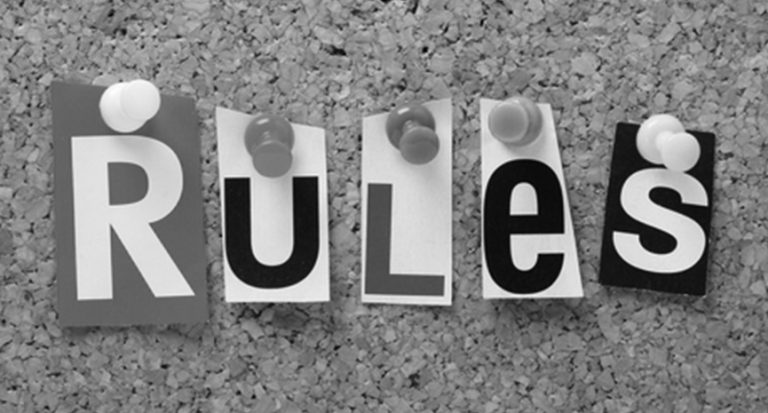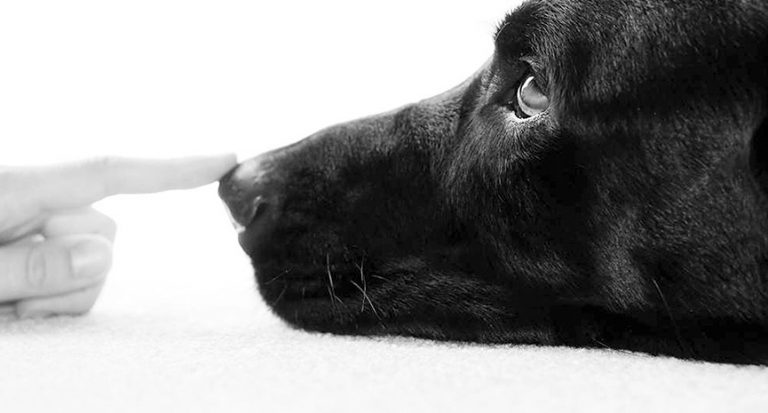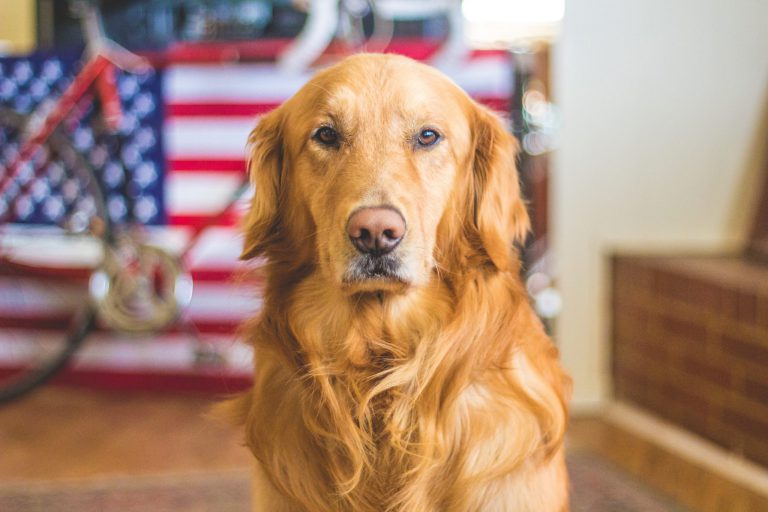–February is National Pet Dental Health Month–
Don’t turn your nose to Fido’s or Fluffy’s bad breath! That odor might signify a serious health risk, with the potential to damage not only your pet’s teeth and gums but its internal organs as well.
To address the significance of oral health care for pets, the AVMA and several veterinary groups are sponsoring National Pet Dental Health Month in February.
Now when we consider cleaning our pets teeth there is an evolving option among the three groups of personnel that clean canine teeth:
One: veterinary dentists. These are highly trained individuals with excellent x-ray equipment. Unfortunately, there are very few dental specialists in most towns, and the few who perform simple teeth cleanings generally charge a premium. Like your own dentist, they mostly do complicated specialty work.
Two: general practice veterinarians. It is generally a vet tech, not a vet, who cleans teeth. Degrees of skill and training vary greatly. One veterinary dentist, and many general vets, have said that the training is insufficient in vet schools and, thus, in many practices. One advantage of cleaning by a skilled tech and vet is charting of the teeth, availability of antibiotics, surgical cleaning of teeth with hard-to-reach plaque, emergency care, and the availability of x-rays. (One disadvantage is that anesthesia can be dangerous and must be monitored by a skilled expert with the latest anesthesia, and proper size and type of anesthesia equipment.
Three: an “anesthesia-free” practitioner. The dental cleaning skill level ranges from a “tooth-scraper” with little or no training, to a company such as Pet Dental Services that provide anesthesia-free dental care to dogs and cats under the supervision of licensed veterinarians.
When it comes to non anesthesia dental work, the animal handling skill, which is extremely important, also varies greatly and is an important aspect to your pets safety.
The big thing to remember is that there’s no certification and no regulation in this business. The establishment providing this service may be doing it for the love of dogs… or the love of money. Go where you trust the owners and be aware that more and more area veterinarians are offering this service.
Before you put your dog’s mouth (and body) in anyone’s hands, make sure they screen for health problems, especially heart disease. Bacteria released during cleaning could cause serious medical problems in susceptible dogs unless they’re on antibiotics.
And before cleaning starts, ask for proof of liability insurance (for injury the cleaner causes and injury your dog causes). Dogs have been seriously injured, even died, having their teeth cleaned both by vets and others. Some establishments relax your dog using a variety of products from flower essences (like Bach’s Rescue Remedy) to natural calming products.
Q & A
Q: How can you effectively perform cleaning on a pet while it is squirming around and under stress?
A: The providers sit at eye-level with the pet and use a variety of proprietary holds to maintain control while keeping our patient calm and comfortable. Pets are never forced or bullied into submission. Most vets are totally amazed at how compliant dogs and cats become during the procedure.
Q: Are you able to do a thorough cleaning both above and below the gum line?
A: Yes! The hygienists know the importance of removing all of the plaque from the outside and inside surfaces of the teeth, above and below the gum line.
Q: Don”t most pets become frightened and panic when you attempt to use a motorized utensils?
A: We treat our patients much like a dentist treats a young child during a first-time dental visit. We use patience and slowly introduce each phase of the procedure. As we build trust, almost every pet treated will allow us to use all of the exact same tools used in traditional veterinary dentistry.
Q: Can a properly trained non-anesthetic dental (NAD) hygienist perform a cleaning on virtually any dog?
A: No. While the vast majority of dogs and cats will benefit greatly from non-anesthetic dental, there are some for whom it is not appropriate. Examples of pets who are poor candidates for non-anesthetic dental include pets with: severe gingivitis, caries, fractured teeth or stomatitis. In cases where it is discovered that NAD is not appropriate, pet owners are much more receptive to traditional dental methods because they know they have tried the drug-free approach first.
Q: Have you found this technique to be effective with high-risk patients?
A: Yes! Non-anesthetic dental cleanings are usually a much better alternative for older pets, and for pets with chronic kidney, liver or heart disease who might not be a candidate for general anesthesia.
Q: What does the hygienist do if a patient is completely uncooperative, overly fearful, or demonstrates highly aggressive behavior?
A: A well-trained and experienced non-anesthetic dental (NAD) hygienist can usually tell within a few minutes whether the patient’s temperament will allow for a successful procedure.





